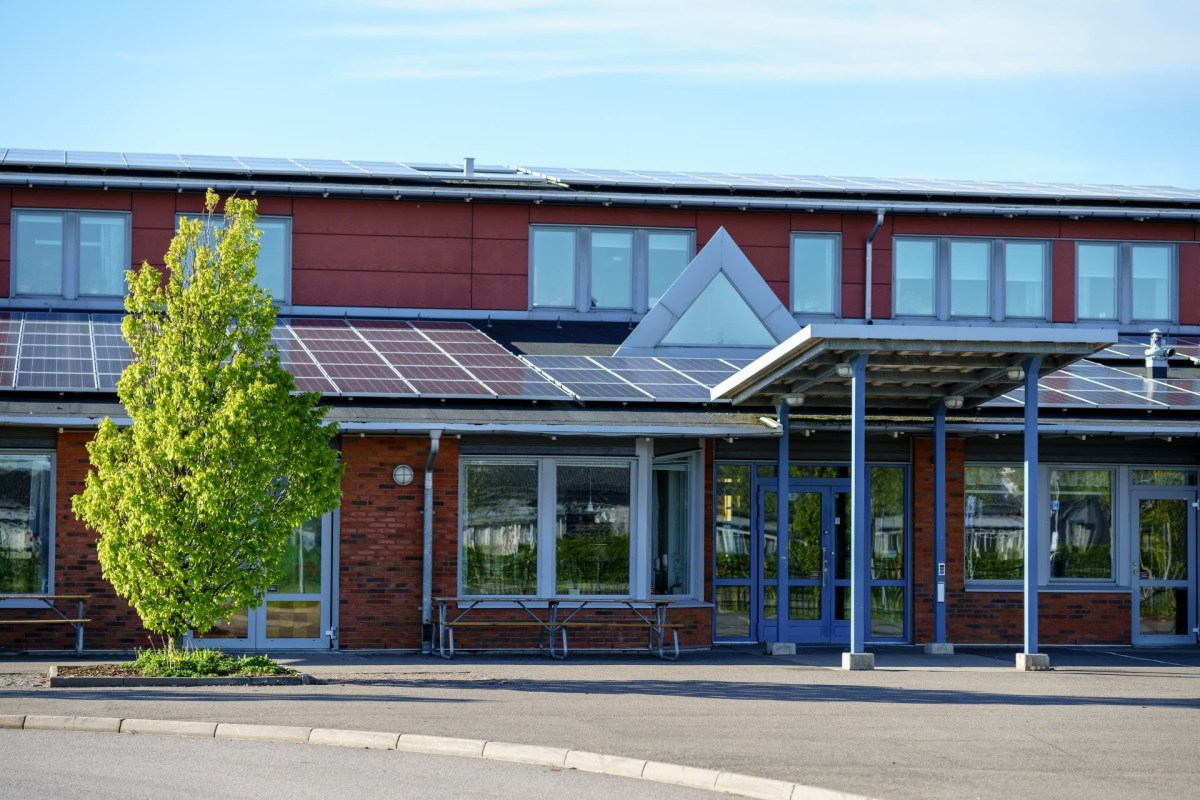New data shows that the number of K-12 schools in Pennsylvania that use solar power doubled from 2020-2021. And, perhaps more importantly, it shows that these schools saved plenty of money by making the switch.
The report, called Powering a Brighter Future in Pennsylvania, was published by the clean energy nonprofit Generation180.
On average, Pennsylvania's five biggest cities see only 52.6% of full sun days per year. But it's enough for more than 100 schools in the state to use solar energy — currently about 2% of all Pennsylvania schools, according to the report.
One Pennsylvania school district installed solar in 2020, which is now generating between 90% and 95% of its power. This is expected to save the district $9 million over 40 years.
"Pennsylvania has one of the largest public education systems in the United States, serving more than 1.7 million students," the report reads. "Accelerating and normalizing clean energy production at Pennsylvania schools and teaching about it in classrooms would have a positive impact on a generation of young people and future leaders."
But despite the recent doubling of schools using solar, that number only impacts 5% of Pennsylvania students across its 500 school districts, the report notes.
In 2020, Pennsylvania ranked 25th in the nation for the number of K-12 schools using solar power. Neighboring state New York had more than double the solar capacity of Pennsylvania schools, and Maryland had more than triple.
"Pennsylvania has tremendous untapped potential to power its K-12 schools with locally sourced clean energy," states the report — and it says momentum is building.
Pennsylvania allows developers to fund the costs of installing and maintaining solar panels. According to Generation180's report, roughly 79% of the solar energy installed at schools between 2015-2020 across the U.S. was financed this way.
"There is an opportunity to scale the adoption of solar at schools across the state, including in the western half of the state and counties along the northern border — where there is currently almost no solar on schools," says Generation180's report.
These savings can ultimately be to improve learning schoolwide. For example, one school district in rural Arkansas saved more than $1 million over two years after installing solar panels, which allowed the district to raise teacher salaries by as much as $15,000 a year.
Generation180's report claims that there is "untapped potential" for these school districts to reap all of the benefits of going solar.
"Only 64 (5%) of those schools have taken advantage of the opportunity to generate energy savings by going solar," the organization writes.
Join our free newsletter for cool news and actionable info that makes it easy to help yourself while helping the planet.









